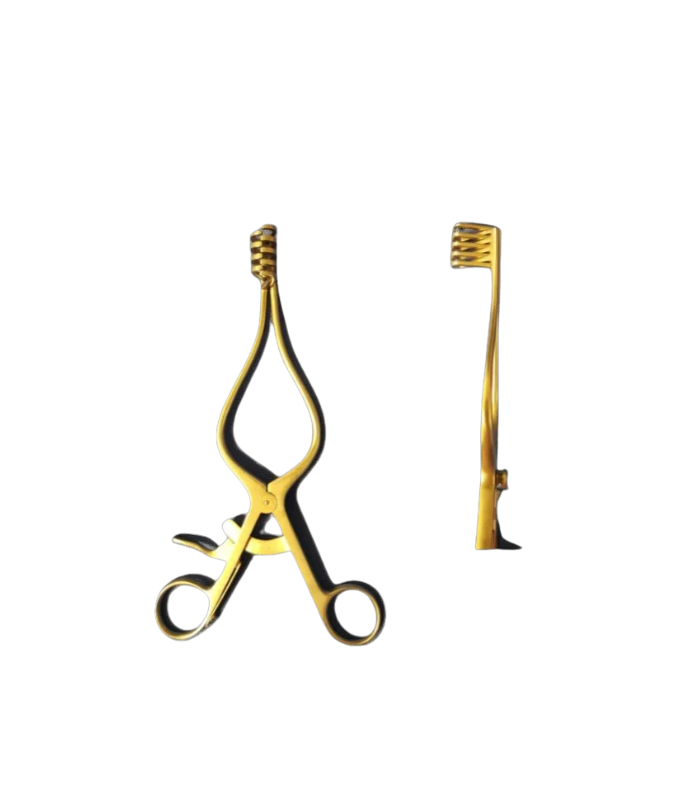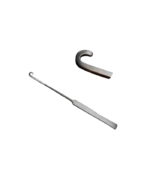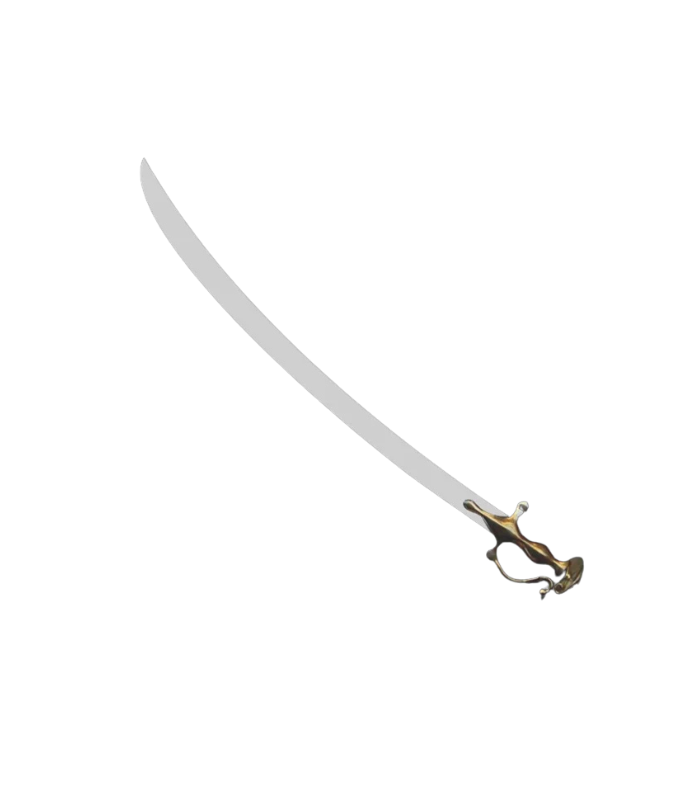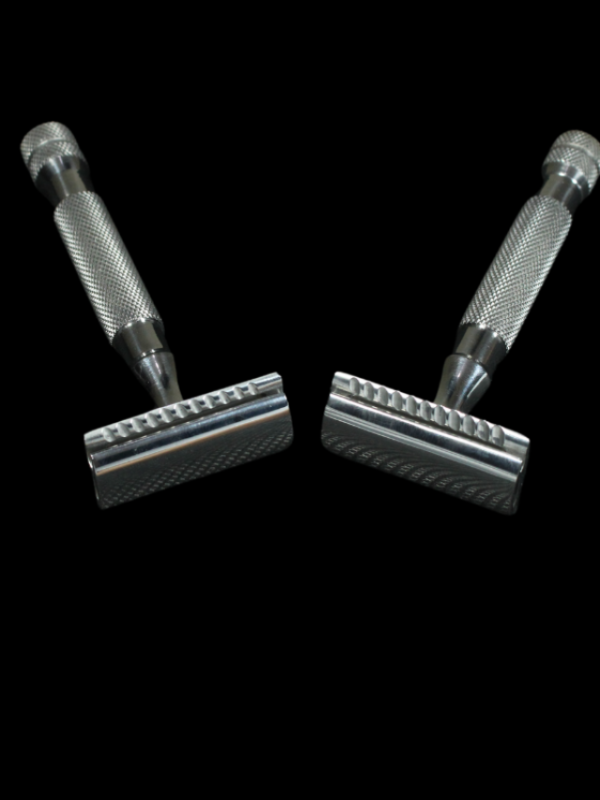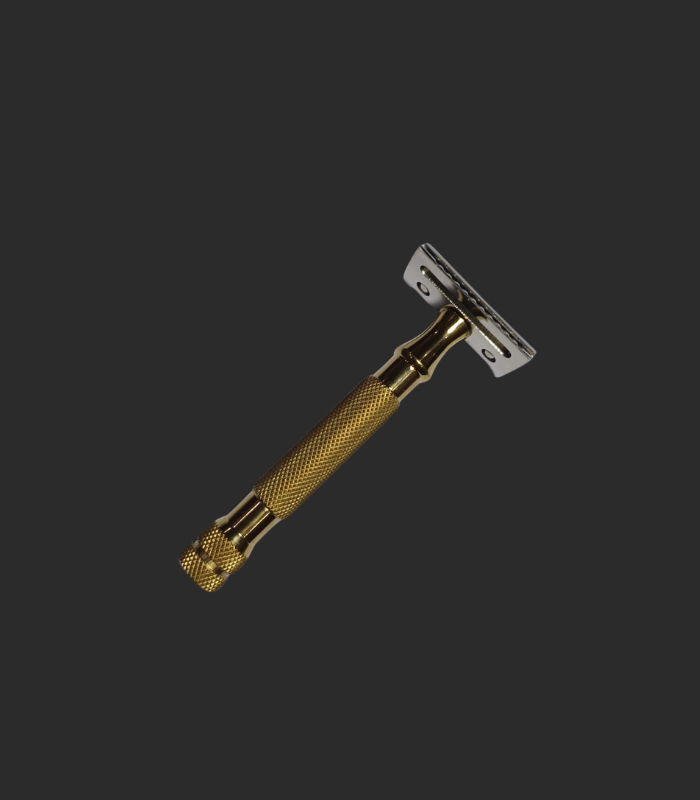1 Ultimate Guide to shaving without cream create shine skin.

Preparing Your Face for a Razor Shave
To achieve shaving without cream a comfortable and effective razor shave , proper preparation of the face is crucial. The first and foremost step involves washing the face thoroughly with warm water. This step serves to remove any dirt, oil, or impurities that have accumulated on the skin and provides a clean canvas for shaving. Using a gentle cleanser can enhance this process, ensuring that the skin is not irritated. It is advisable to opt for a product that suits your skin type to avoid unnecessary discomfort.
Following the cleansing process, the next vital step is exfoliation. Exfoliating the skin helps to remove dead skin cells, which can obstruct the razor blade and lead to a less effective shave. Gentle scrubs or exfoliating gloves can be employed to effectively polish the skin’s surface. However, it is essential to choose an exfoliant that is not too abrasive, particularly when preparing sensitive areas, as you want to maintain the integrity of the skin while preparing for shaving.
In addition to cleansing and exfoliation, softening the hair is paramount for a close shave. A warm washcloth or towel placed on the face for a few minutes can help to open up the pores and soften the hair. This method helps the razor to glide smoothly over the skin, reducing the risk of nicks and irritation. Another effective technique is to shave right after stepping out of the shower, as the steam and warmth further facilitate the softening of facial hair.
By adhering to these preparatory steps—washing, exfoliating, and softening the hair with warm water—you set the stage for a successful and comfortable razor shave without the use of shaving cream. This practice not only enhances the shaving experience but also contributes to healthier skin in the long run.
Why Choose Sireck’s Safety Razor Products
When it comes to shaving, quality and performance are paramount. Sireck’s safety razors set themselves apart in the grooming market, offering exceptional craftsmanship that caters to both novices and experienced users. One of the key benefits of using Sireck’s safety razors is the meticulous attention to detail that goes into their design. Each razor is constructed from high-quality materials, ensuring long-lasting durability, which translates to a reliable grooming tool that can withstand daily use.
Another significant advantage of Sireck’s safety razors is the ergonomic design, which promotes comfort during use. The handles are crafted to fit securely in the hand, providing optimal control with each stroke. This reduces the likelihood of nicks and cuts, ensuring a smooth shaving experience. Users often appreciate how easy it is to achieve a clean shave without the need for excessive pressure, which can lead to irritation when using inferior products.
Customer satisfaction speaks volumes about the efficacy of Sireck’s products. Numerous testimonials highlight the positive experiences of users who have transitioned from traditional razors to Sireck’s safety razors. These reviews often praise the close shave achieved without the constraints typically associated with using shaving cream. Many users mention how Sireck’s razor not only enhances the shaving experience but also encourages a more sustainable approach to grooming by significantly reducing waste, as safety razors can be reused indefinitely with the simple replacement of the blades.
Moreover, Sireck’s commitment to quality extends beyond their razors. They offer a range of grooming products that are designed to complement the shaving experience, providing a holistic approach to personal care. Overall, Sireck’s safety razors and associated products exemplify the intersection of style, performance, and user satisfaction, making them a top choice for those seeking a superior alternative in the realm of shaving.
Choosing the Right Blade for Your Safety Razor
Selecting the appropriate blade for your safety razor is a pivotal aspect of achieving a comfortable and effective shaving experience. Various factors including blade sharpness, material, and thickness can significantly influence how well the blade interacts with your skin and facial hair. Understanding these factors is essential in making a smart choice that caters to your individual needs.
Blade sharpness is of utmost importance when it comes to safety razor use. A sharper blade can effectively cut through hair with less resistance, reducing the risk of irritation. However, it is essential to balance sharpness with skin sensitivity. For individuals with sensitive skin, a less aggressive blade may be beneficial to minimize irritation while still providing an excellent shave.
The material of the blade also plays a critical role in the overall shaving experience. Most safety razor blades are made from stainless steel, which offers durability and rust resistance. However, several brands may coat their blades with materials like Teflon or platinum to enhance their glide across the skin. The choice of material may vary depending on personal preference and budget, but it is advisable to try out a few different types to find the one that best suits your skin type.
Additionally, the thickness of the blade can affect the shave. Generally, thicker blades tend to provide a more rigid feel, which may be preferred by users looking for a more controlled shaving experience. Conversely, thinner blades can offer a softer touch on the skin, which might be ideal for those who prioritize comfort. It’s often recommended to experiment with different blades to identify the ones that work seamlessly with your safety razor, as personal preferences and skin types vary widely.
The Importance of Proper Technique
Using a safety razor without shaving cream necessitates a keen understanding of proper shaving techniques. Unlike conventional shaving methods that often rely on thick lathers for protection, achieving a close shave with a safety razor requires meticulous attention to posture, razor angle, and knowledge of beard growth direction. These elements are essential for minimizing skin irritation and maximizing the efficacy of the shaving process.
First and foremost, the posture adopted during shaving can significantly affect the outcome. It is crucial to position oneself comfortably in front of a mirror, ensuring that the facial area is well visible. Standing with a relaxed, upright posture not only promotes better control of the razor but also aids in maintaining steady hands, which is vital while navigating the contours of the face.
The angle of the safety razor is another critical factor to consider. It is recommended to keep the razor at a 30-degree angle against the skin to allow for optimal hair cutting. An angle that is too steep can result in nicks and cuts, while a flatter angle may lead to ineffective shaving and increased irritation. A gentle touch is equally important; applying minimal pressure lets the weight of the razor do the work, providing a smoother and more comfortable experience.
Furthermore, understanding the direction of beard growth is paramount in achieving a seamless shave. Facial hair typically grows in multiple directions, and shaving against this growth can lead to discomfort and potential razor burn. It is advisable to shave in the direction of hair growth initially, followed by careful touch-ups against the growth for an extra close shave if desired. By mastering posture, angle, and beard growth orientation, individuals can enhance their safety razor experience, yielding effective results while minimizing the risk of skin irritation.
Alternative Shaving Methods Without Cream
Shaving without traditional shaving cream may initially seem unconventional, but there are several effective alternatives that can provide a smooth and comfortable experience. One popular option is the use of natural oils. Oils such as coconut, olive, and jojoba are not only excellent for hydration but also create a slippery surface that enhances razor glide while minimizing the risk of irritation. The moisturizing properties of these oils help to protect the skin, making them suitable choices for individuals with sensitive skin.
Another viable alternative is to utilize lotions or creams designed for hydration. While these products may not fulfill the role of traditional shave cream, they can provide the necessary moisture and lubrication. Many lotions contain emollients that soften the hair and prep the skin, reducing the chances of nicks and cuts during shaving. It’s advisable to choose a lotion that absorbs well but leaves a slight residue, which will assist in the glide of the razor.
For those who prefer a lighter texture, using gels can also serve as an efficient substitute for shaving cream. Shaving gels often offer a unique blend of soothing ingredients that not only protect the skin but also allow for a clear view of the shaving area, enhancing precision. Look for gels that contain natural extracts and are free of alcohol to further nourish the skin and prevent dryness.
Whichever method you choose, the goal remains the same: achieving a close shave while safeguarding your skin’s integrity. Preparing the skin through proper exfoliation prior to shaving can make all these alternatives more effective. Thus, identifying an optimal alternative for shaving cream not only enhances comfort but encourages a better overall shaving routine.
Post-Shave Care and Tips
Post-shave care is a crucial step in maintaining skin health and ensuring an irritation-free experience after using a safety razor without shaving cream. It is essential to begin this process by gently washing the face with lukewarm water. This helps to remove any remaining hair follicles and impurities, allowing the skin to breathe and recover. Avoid using hot water, as it may exacerbate irritation and dryness.
After cleansing the face, it is beneficial to pat the skin dry with a soft towel rather than rubbing it vigorously. This gentler approach minimizes any potential irritation caused by friction. Following this, the application of an aftershave balm or lotion is recommended. These products are specifically formulated to soothe and hydrate the skin, reducing redness and discomfort often associated with shaving. Opt for alcohol-free formulations to prevent further drying out of the skin.
Moisturization plays a pivotal role in post-shave care. Utilizing a hydrating moisturizer can aid in restoring the skin’s natural moisture barrier, which may be compromised during shaving. Look for products rich in ingredients like hyaluronic acid, glycerin, or natural oils, as these elements provide deep hydration and nourishment, promoting healthy skin. Consistency is vital; incorporating a daily moisturizer into your skincare routine will yield the best results over time.
In addition to these essential steps, consider implementing a simple aftershave routine that includes gentle exfoliation a few times a week. Exfoliation helps to remove dead skin cells that can clog pores and lead to irritation. Choosing products suitable for your skin type will ensure a balanced and healthy complexion. Paying meticulous attention to post-shave care and implementing effective tips will ultimately enhance your overall shaving experience and promote lasting skin health.
Common Mistakes to Avoid
Using a safety razor can provide a close and satisfying shave, especially when done correctly. However, there are several common mistakes that individuals often make, particularly when opting to shave without the aid of shaving cream. One of the primary errors is applying too much pressure on the razor while shaving. Unlike cartridge razors which can handle a heavier touch, safety razors require a lighter hand. Excessive pressure can lead to nicks, cuts, and skin irritation, detracting from the overall shaving experience.
Another mistake to be aware of is the use of dull blades. A dull blade increases the likelihood of tugging and pulling on hair, which not only makes the shave uncomfortable but can also lead to a higher risk of razor burn. It is essential to replace blades regularly or use a fresh one each time to ensure a smooth glide across the skin. Investing in quality blades can significantly enhance your shaving results and minimize discomfort.
Additionally, many individuals tend to shave against the grain of their hair without considering the natural direction of growth. While this may seem like a shortcut to achieving a closer shave, it can cause irritation and increase the risk of ingrown hairs. It is advisable to first shave with the grain to remove the bulk of the hair and then, if desired, go across the grain for a closer finish, ensuring to do so gently and with minimal pressure. Understanding these fundamental aspects is crucial in enjoying the benefits of a safety razor without the use of shaving cream and achieving a pleasant shaving routine.
Conclusion: Embracing the Safety Razor Experience
In summary, the journey of transitioning to a safety razor without the use of shaving cream can be a rewarding and enriching experience. This method not only promotes a sense of craftsmanship in one’s grooming routine but also allows for greater control and precision when shaving. Throughout this guide, we have emphasized the key advantages of using a safety razor, including cost-effectiveness, environmental benefits, and skin health improvements. Many users find that shaving without cream reduces the likelihood of irritation, leading to a more comfortable shave.
One of the salient points discussed is the importance of technique and practice. As with any new skill, mastering the art of shaving with a safety razor may take time. However, the rewards—such as a closer shave and reduced razor burn—make the learning curve worthwhile. Embracing the simplicity of not using shaving cream can also lead to a minimalistic and more mindful grooming routine, aligning with broader trends towards sustainability and eco-friendliness.
We encourage readers to explore their own experiences with safety razors and share insights with others who may be considering this method. By fostering a community of knowledge and support, those new to this shaving technique can learn from seasoned users. Engaging in discussions about tips, tricks, and personal stories can greatly enhance the safety razor experience for everyone involved.
Ultimately, adopting a safety razor without shaving cream is not merely about the act of shaving; it is about cultivating a thoughtful approach to self-care. We hope this guide has inspired you to delve deeper into this practice and share your journey with others, creating a platform for the exchange of valuable insights and fostering a supportive environment for those seeking a smoother, more enjoyable shave.







